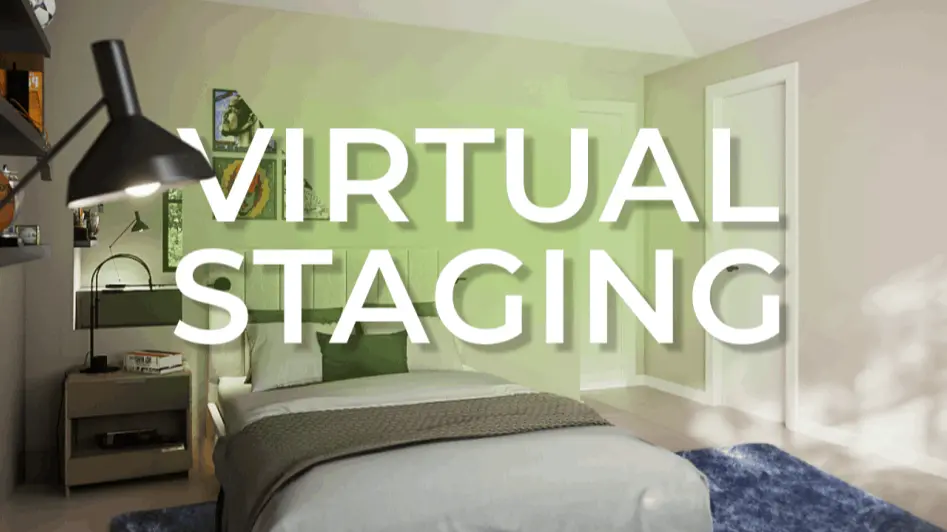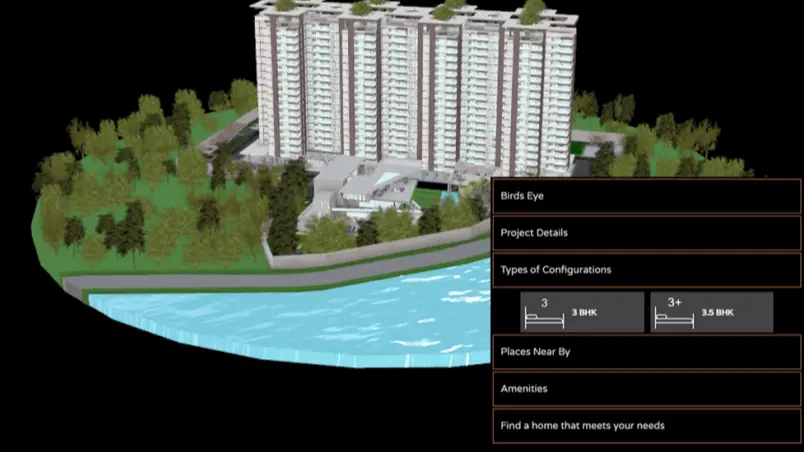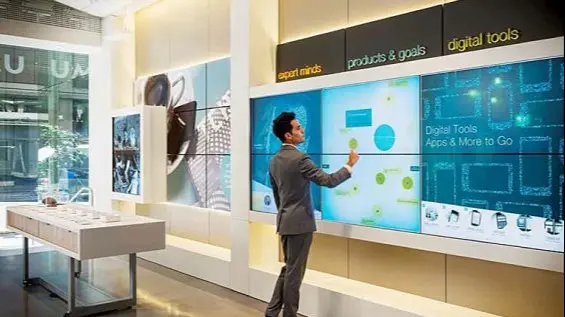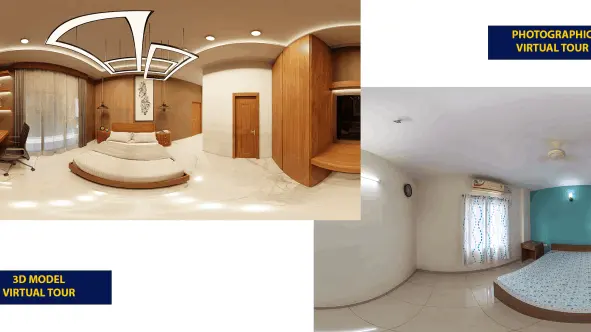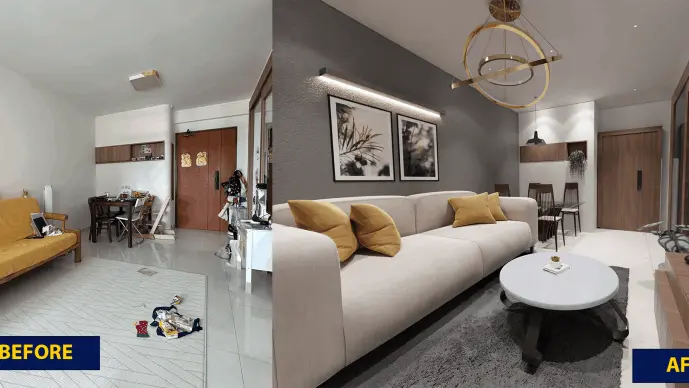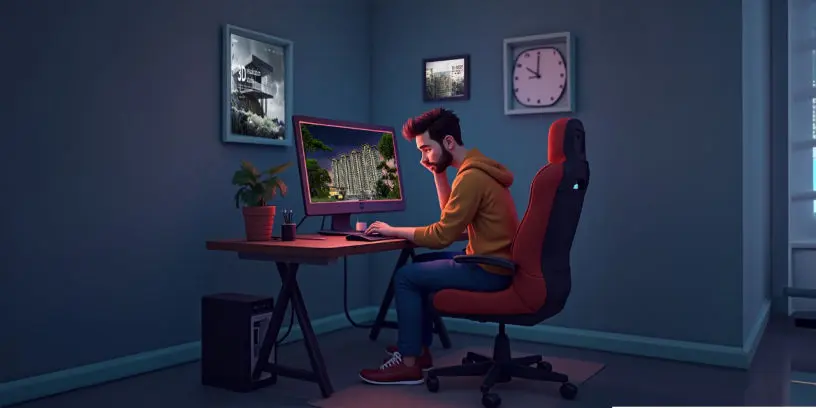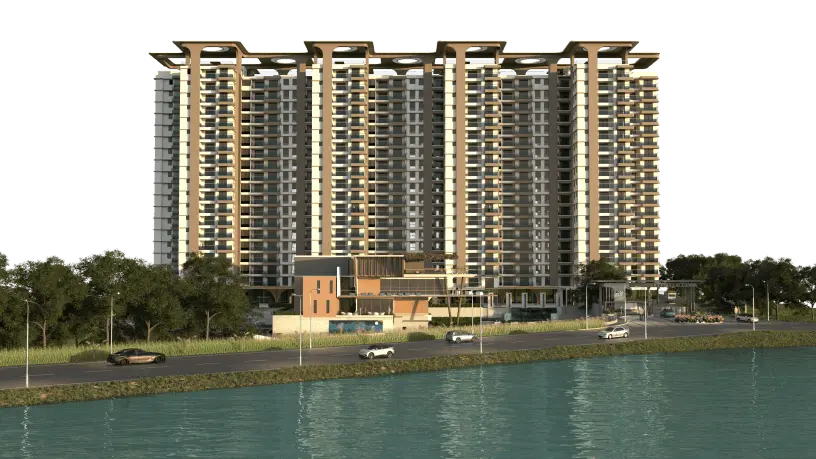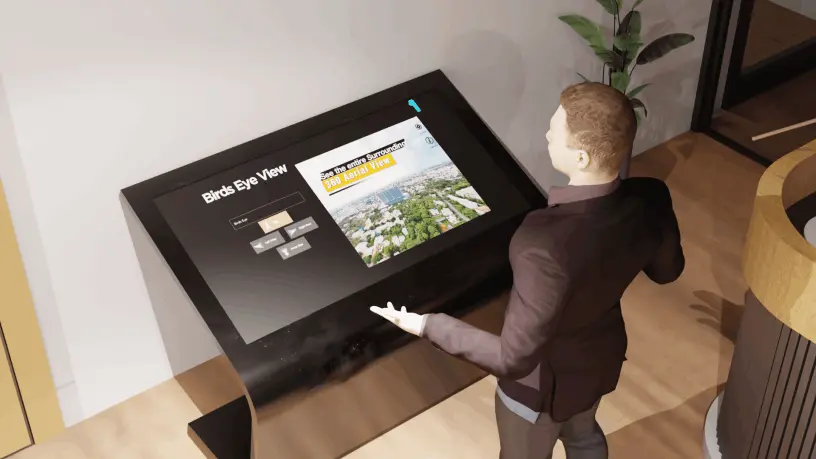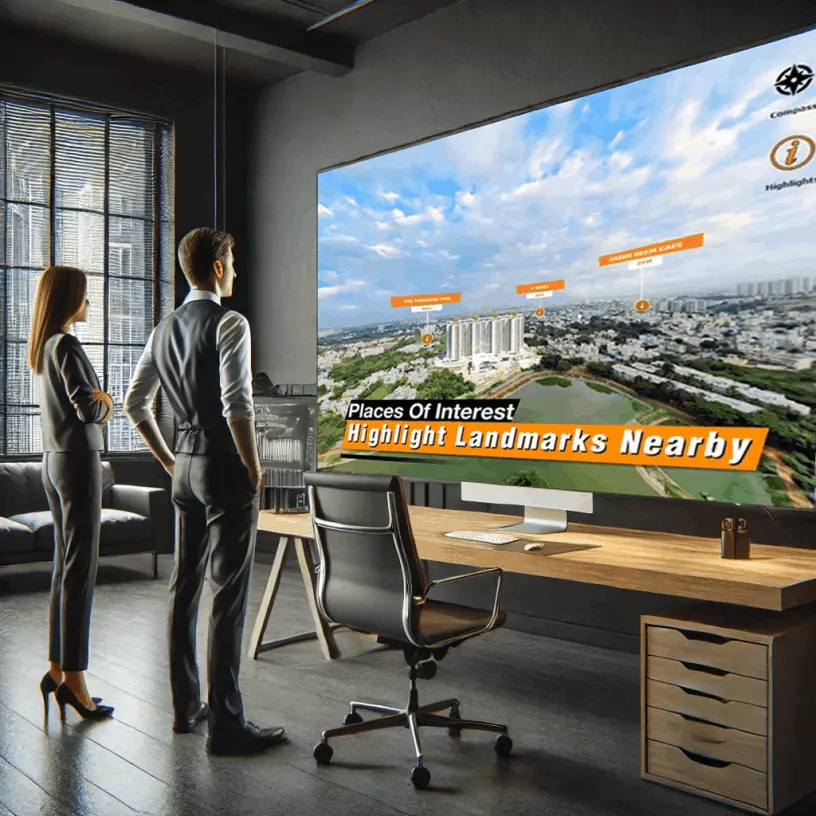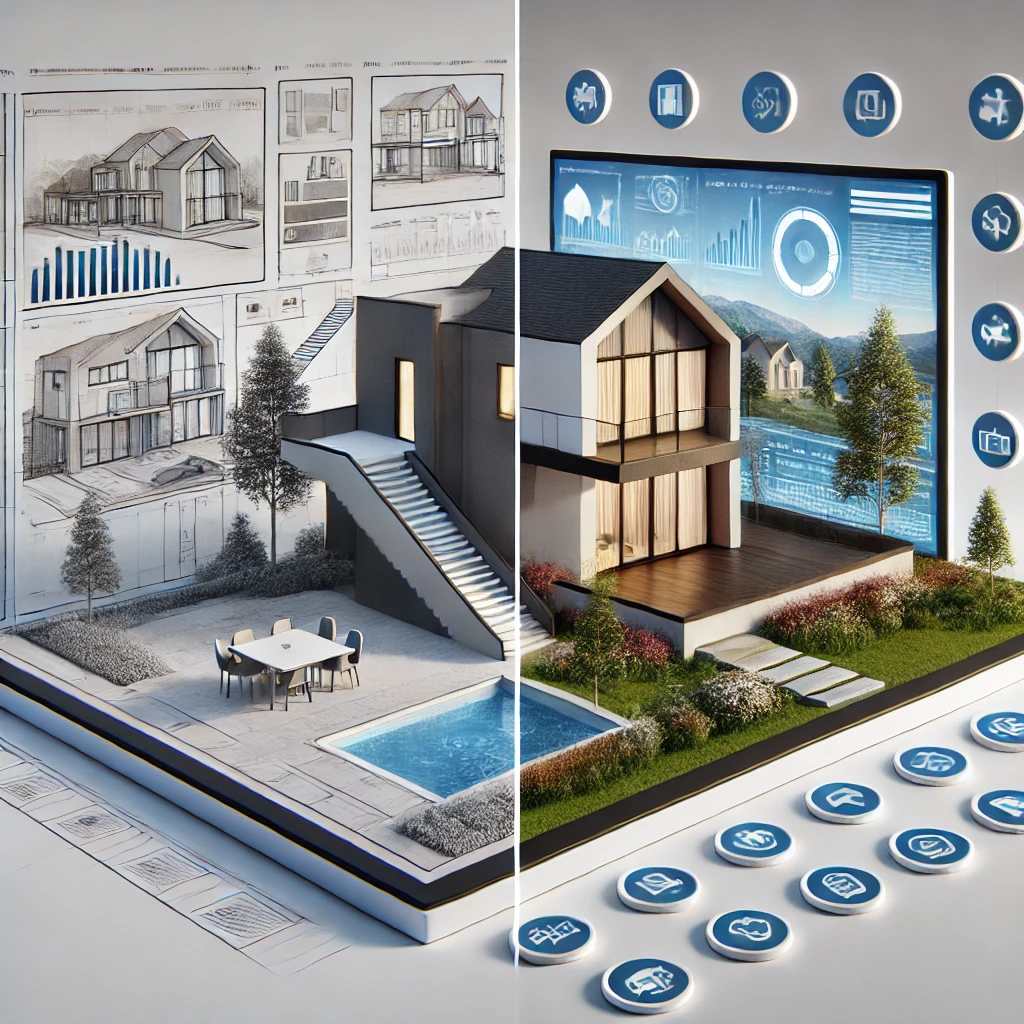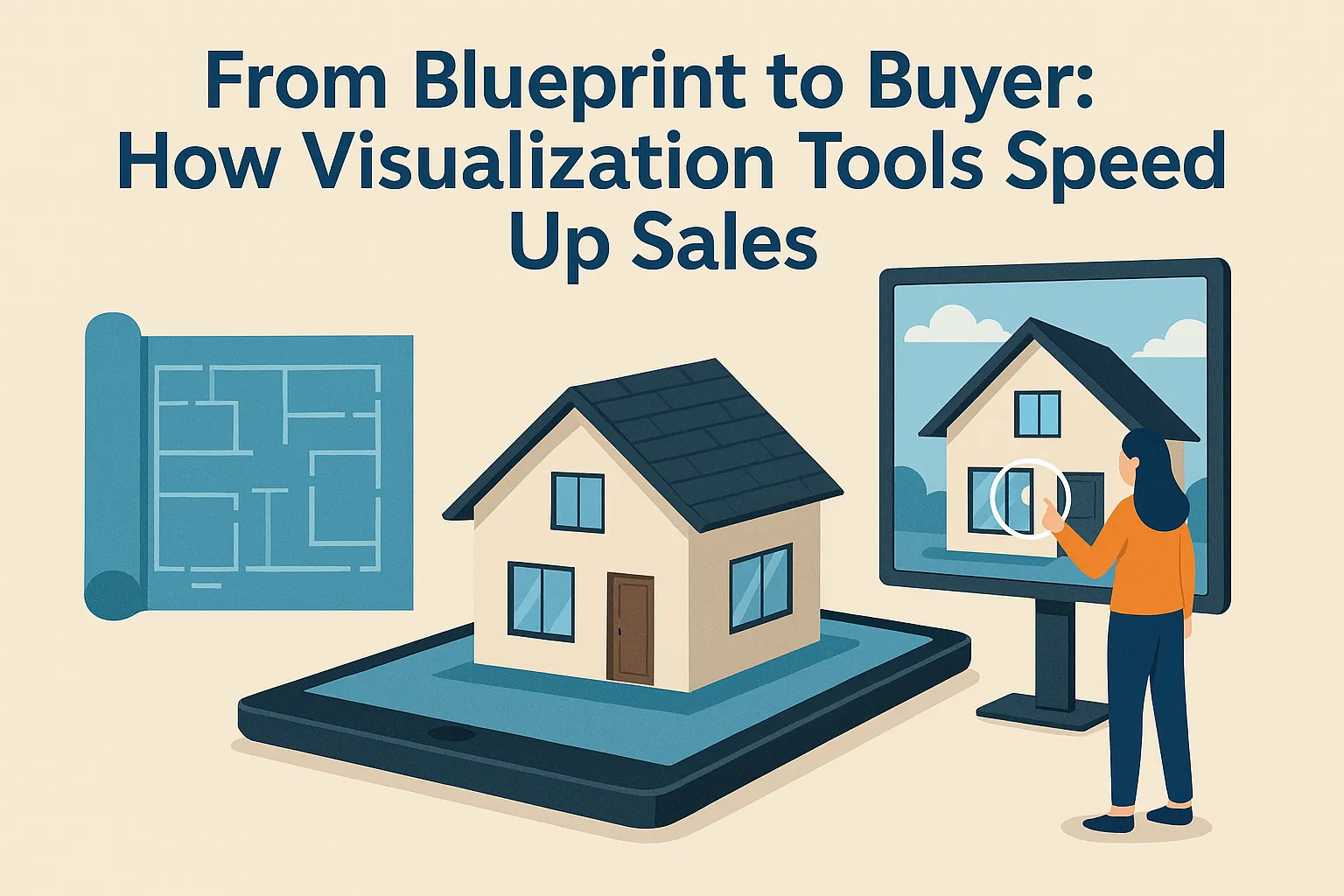Let Your Real Estate Offerings Express Itself
Featured
Why AI Virtual Staging Might Not Be the Best Choice for Realtors
Artificial intelligence (AI) has revolutionized many industries, including real estate. AI-driven virtual staging promises quick, realistic, and cost-effective results. However, while AI has undeniable benefits, it might not always be the best solution for realtors.
Why Virtual Staging?
In the competitive world of real estate, first impressions are crucial. With most buyers starting their home search online, high-quality visuals can make or break a sale. Virtual staging, which involves digitally decluttering spaces, adding furniture, or both, has emerged as a powerful tool to enhance property listings and attract potential buyers, offering various types and benefits that can transform the real estate market.
The Power of 3D Visual Tools in Real Estate Project Launches
In the fast-paced world of real estate, first impressions are crucial. With the rise of digital technologies, real estate developers are constantly seeking innovative ways to captivate potential buyers and investors. One such innovation is the use of 3D visual tools.
Innovative Project Launch Ideas for Real Estate Developers
In the dynamic world of real estate, staying ahead requires adopting cutting-edge tools that can make your projects stand out. One powerful solution is the Interactive 3D Brochure, which offers a suite of features designed to elevate the way you present and launch your developments.
The Role of Architectural Miniature Mockups in Real Estate Project Launches
In the competitive landscape of real estate, the success of a project launch is often determined by how effectively the project is presented to potential buyers, investors, and stakeholders. This blog explores how architectural miniature mockups enhance real estate project launches, providing a tactile and immersive experience that drives engagement and sales.
Comparing Architectural Miniature Mockups and 3D Interactive Kiosks for Real Estate Project Launches
In the highly competitive world of real estate, the successful launch of a new project depends heavily on how effectively it is marketed. Traditional methods like brochures, print ads, and open houses are now complemented by advanced tools that offer a more immersive experience.
Benefits of Using a Digital Kiosk in Marketing a Real Estate Project
In today's competitive real estate market, developers need innovative tools to stand out. Digital kiosks have emerged as a powerful marketing tool, offering dynamic and interactive experiences that can significantly enhance how real estate projects are presented and sold.
3D Modeled Virtual Tours vs 360 Photographed Virtual Tours
In the rapidly evolving world of real estate marketing, the tools and techniques used to showcase properties can significantly impact the success of a sale. Two of the most effective methods for presenting properties are 3D modeled virtual tours and 360 photographed virtual tours.
Virtual vs. Physical Staging: A Comparative Analysis for Real Estate Success
In the competitive real estate market, presenting a property in its best light is crucial to attracting buyers and securing top offers. Staging, whether virtual or physical, plays a pivotal role in transforming a property to showcase its full potential.
Beyond Renders: How 3D Developers Can Earn More by Offering More
A lot of 3D developers concentrate on producing beautiful renderings and animations, but that's only the first step in the industry of today. More interactive and immersive experiences are now expected by clients. You may raise your value, draw in high-paying customers, and set yourself apart from the competitors by broadening your offerings.
How to Turn Your 3D Work into a Sales-Ready Real Estate Tool—Without Extra Effort
Many developers hesitate to convert their 3D work into interactive real estate applications, fearing the process will be complex and time-consuming. However, the truth is that modern tools and workflows make this transition easier than ever.
The Future of ArchViz: Why Real Estate Clients Want Interactive 3D Experiences
As the real estate industry undergoes rapid digital transformation, traditional marketing tools like static photos, brochures, and floor plans are becoming insufficient to capture buyers' interest. Modern clients expect immersive, interactive 3D experiences that allow them to explore properties in detail before making a decision.
Monetizing Your 3D Skills: How to Charge More by Offering Interactive Real Estate Solutions
While traditional 3D models remain essential for real estate visualization, interactive experiences like virtual walkthroughs, virtual reality (VR) tours, and real-time property customization elevate engagement to an entirely new level.
From Renders to Revenue: Why 3D Developers Should Offer More Than Just Visuals
Many 3D artists struggle to command higher prices in the competitive field of 3D development—not due to a lack of skill, but because they are marketing the wrong product. This approach not only enhances value for clients but also justifies higher pricing for services.
1. From Blueprint to Buyer: How Visualization Tools Speed Up Sales
In the highly competitive real estate industry, time is not just money—it’s the difference between a sold-out project and a slow-moving inventory. With the advent of advanced visualization tools, the traditional sales cycle has been disrupted for the better.




